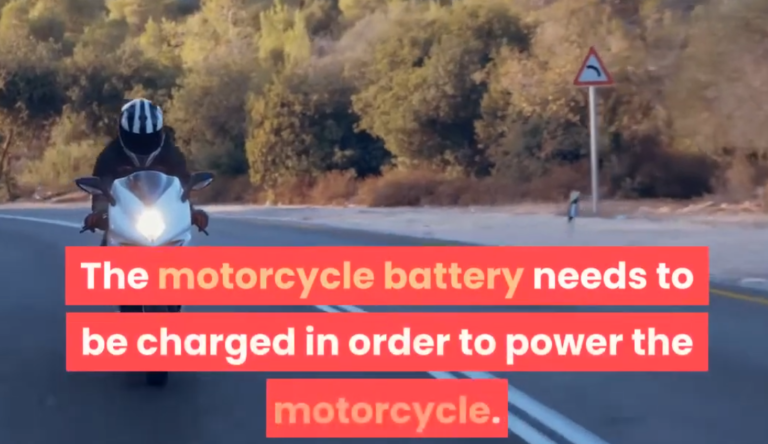How to Charge Your Android Without the Right Charger
You’re staring at a dying Android phone, no charger in sight. Maybe you left it at home, misplaced it, or borrowed someone’s cable just to find it doesn’t fit your port. Whatever the case, don’t panic—charging your Android without the proper charger is absolutely possible. Here’s how to get creative (and stay safe) when your charging options are slim to none.
1. USB Ports: Your Emergency Lifeline
Most Android devices use a USB-C or Micro-USB port, and USB ports are everywhere these days. Laptops, gaming consoles, TVs, even hotel alarm clocks can provide power.
- What You Need: Any USB cable that fits your phone, even if it’s from another device.
- Pro Tip: Charging from a laptop or TV may be slower than a wall charger, but it can give you the juice you need to make calls or send texts.
2. Wireless Charging (If Supported)
If your Android supports wireless charging, you’re in luck! Find a wireless charger, like those built into some cars, furniture, or public charging stations.
- DIY Hack: Use a friend’s wireless charging pad. If you’re in a pinch, some cafés, airports, or co-working spaces now offer free wireless charging zones.
3. Borrow or Swap a Cable
Androids share a standard charging ecosystem—most devices use USB-C. Ask a friend, coworker, or even a stranger for their charger. Got an old Micro-USB charger? Use a USB-C adapter to make it compatible with your phone.
4. Tap into a Power Bank
Power banks are lifesavers for situations like this.
- If you’re traveling, consider investing in a multi-cable power bank that has Micro-USB, USB-C, and Lightning connectors, ensuring you’re always prepared.
5. Use a Reverse Charging Feature
Did you know some Androids can charge other devices? If you’ve got a friend with a compatible phone, you can use reverse wireless charging (available on phones like the Samsung Galaxy S22 or Google Pixel 7) to transfer power from their device to yours.
6. DIY Charging Hacks
When you’re truly desperate, here’s where creativity comes in:
- Car Battery with Lightbulb Regulators: If you have some DIY skills, you can use a 12V car battery and small Christmas lightbulbs to regulate current and safely charge your phone.
- Old USB Cable: Got a spare USB cable and no adapter? Strip the wires to expose the red (positive) and black (negative) leads, then hold them against your phone’s charging pins.
Warning: This is risky. Only attempt this if you know what you’re doing and don’t leave it unattended.
7. Solar Chargers
If you’re outdoors or camping, a portable solar charger can save the day. These devices are compact and perfect for emergencies when you don’t have access to electricity.
8. Emergency Charging Stations
Public spaces like airports, libraries, or malls often have free charging stations. Even if they don’t have your exact cable, they may have universal options or wireless chargers available.
Safety Tips for Improvised Charging
- Avoid Overcharging: Don’t leave your phone connected for too long when using makeshift methods.
- Monitor Temperature: If your phone or power source gets too hot, stop immediately.
- Check Polarity: Always connect the positive and negative ends correctly to avoid damaging your device.
- Use Surge Protection: If possible, use a surge protector or a power source with regulated output.
The Bottom Line: Stay Prepared
Charging your Android without the right charger might seem stressful, but it’s easier than you think with the right tools and a bit of ingenuity. Keep a universal charging kit, power bank, or wireless charger handy to avoid these situations in the future.
And remember—while DIY hacks can work in a pinch, always prioritize your device’s safety. A little creativity goes a long way in keeping your phone alive!




